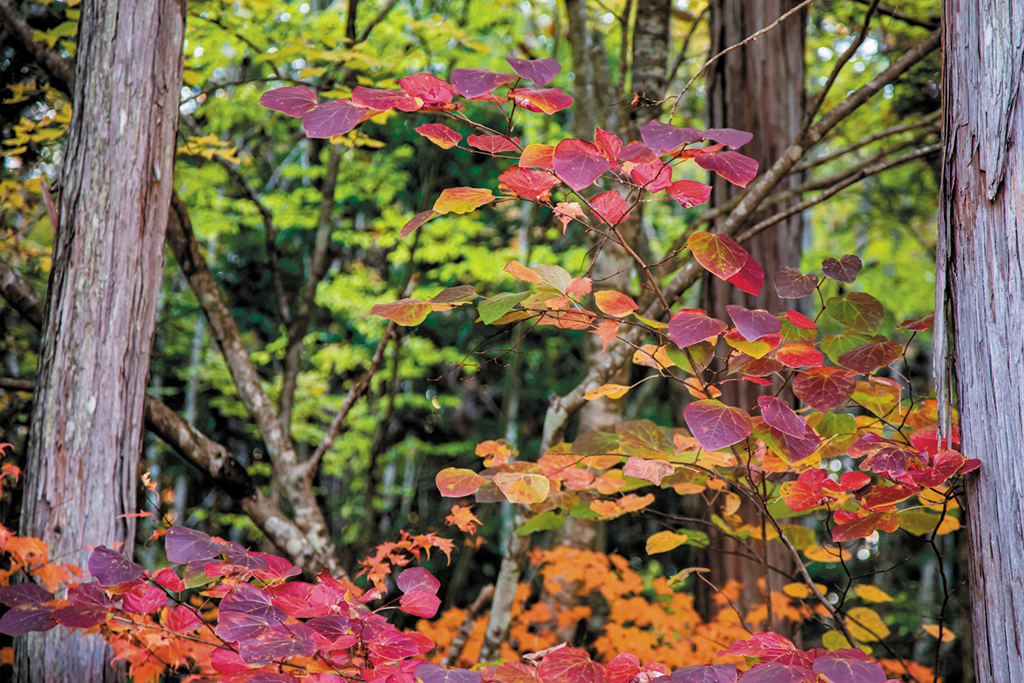Japan’s National Parks offer travellers the chance to explore nature throughout all four seasons
Japan is exhibiting at ITB Asia this year, and while the country is known for its urban and cultural tourism, the destination is also growing increasingly popular with adventure and nature enthusiasts
Japan’s national parks showcase the country’s impressive range of wild landscapes and preserved habitats throughout the year. These parks, the first three of which were designated in 1934, provide travellers with the opportunity to appreciate the natural beauty of Japan through different activities such as hiking and kayaking.
Hiking across the primeval forests of Chubusangaku National Park
Situated amidst a towering 3,000-metre mountain range, Chubusangaku National Park is a testament to nature’s grandeur. Come hiking season, from May to October, adventurers can explore the protected area of Kamikochi and walk along the Azusa River. As they proceed up the mountain, the panoramic landscape comes into perspective with its unique geological features. Early risers can take in a dramatic sunrise at the spearheaded summit of Mt. Yarigatake as the sun appears over a sea of clouds.
Further south, a guided nature walk suitable for families explores the unspoiled nature reserve of Goshikigahara Forest in the foothills of Mt. Norikura. As one of Japan’s rarest and most valuable old-growth forests, restrictions in place to protect the natural habitat require visitors to be accompanied by a certified guide.
Soaking in the volcanic steam of Kirishima-Kinkowan National Park
Kirishima-Kinkowan National Park, formerly known as Kirishima National Park, was one of Japan’s first three national parks designated in 1934. Its unique combination of the Kirishima mountains, the active Sakurajima volcano and the Kinkowan Bay is a botanist’s dream, housing an array of plants like the Miyamakirishima (Kyushu Azalea) and Kirishimamizuki.
On the extreme southern tip of Kyushu’s Satsuma Peninsula, Ibusuki Onsen is known for its unique open-air sand baths heated by volcanic steam. Visitors can lie down facing the bay in a cotton Yukata, buried up to the neck in hot sand listening to the waves. Afterwards, they can cook seasonal vegetables and eggs using the volcanic steam from natural geothermal cauldrons at Unagi Onsen by Lake Unagi.
Discovering wildlife and crater lakes in Shikotsu-Toya National Park
Visitors hiking in Shikotsu-Toya National Park can discover a wide range of wildlife including Ezo red foxes, alpine hares, and Hokkaido squirrels. The park is also home to a number of crater lakes including the circular Lake Toya which was formed on a caldera from a volcanic eruption 110,000 years ago.
In the eastern part of the park, also formed on a caldera, Lake Shikotsu is Japan’s second-deepest and one of its most transparent lakes. Visitors can stay at camping sites by the lake and enjoy diving and kayaking activities or explore the unique aquatic habitat with a glass-bottomed kayak.
STAND J41
Photos: ©Japan National Tourism Organisation (JNTO)

